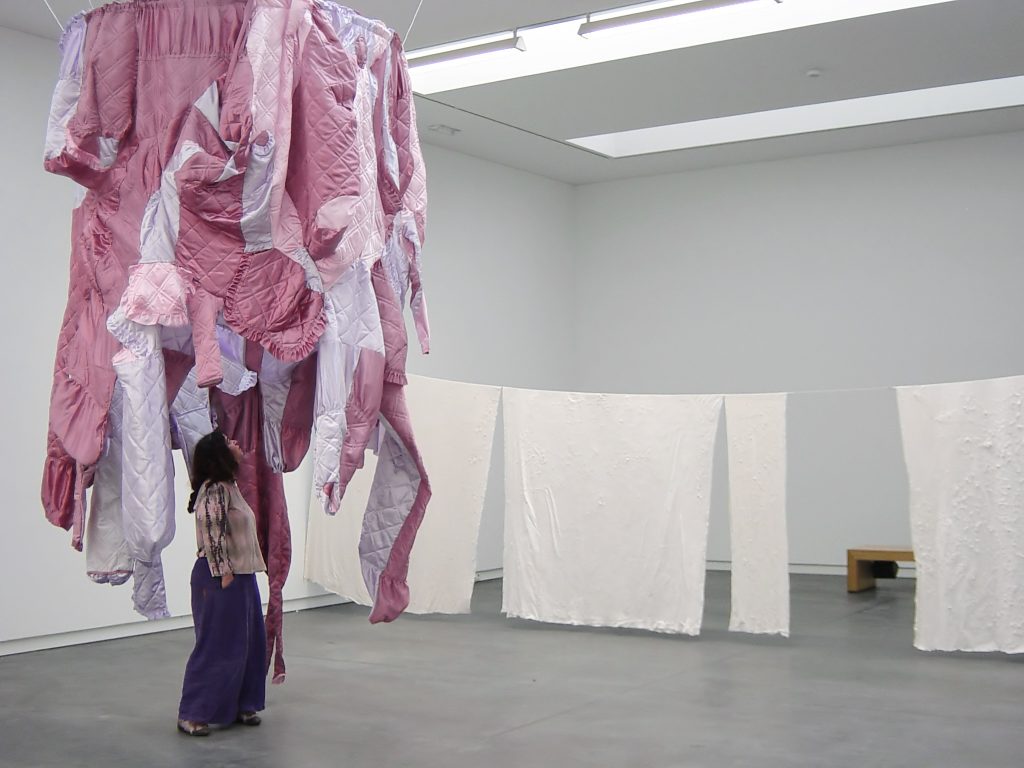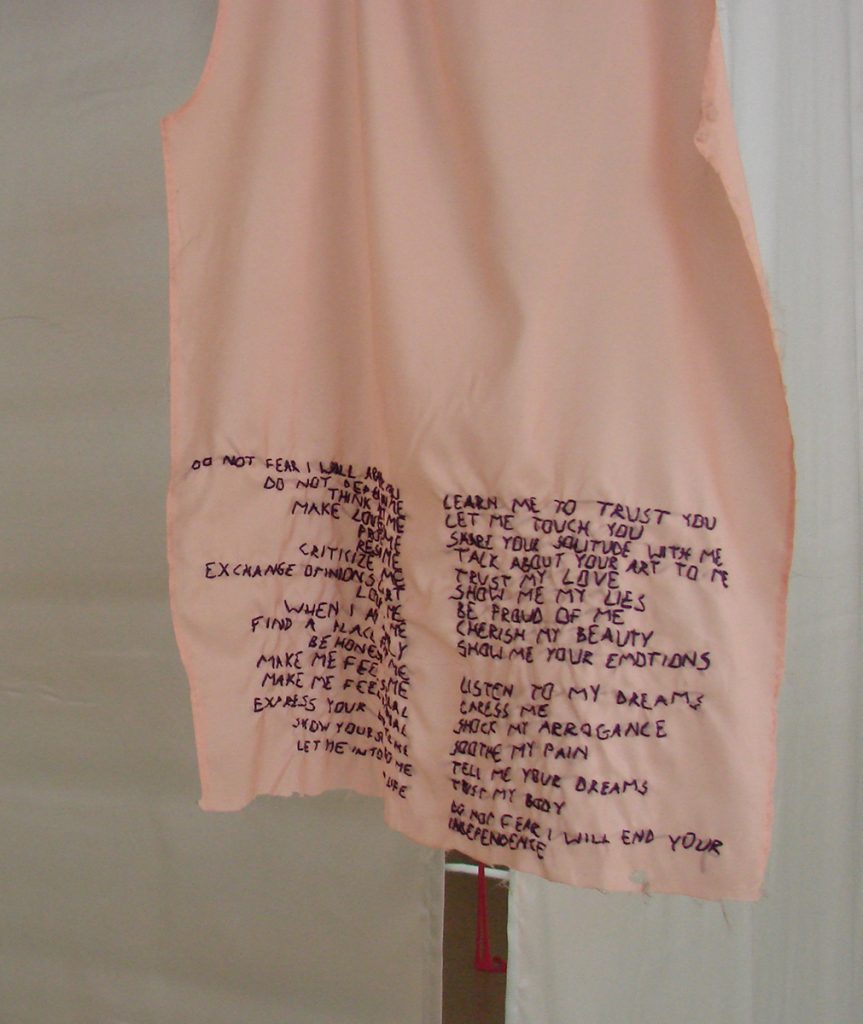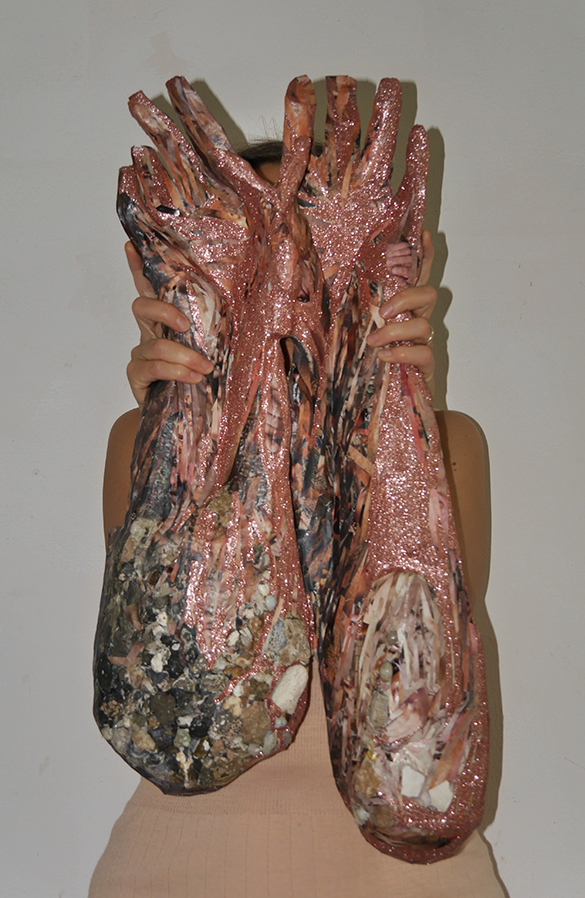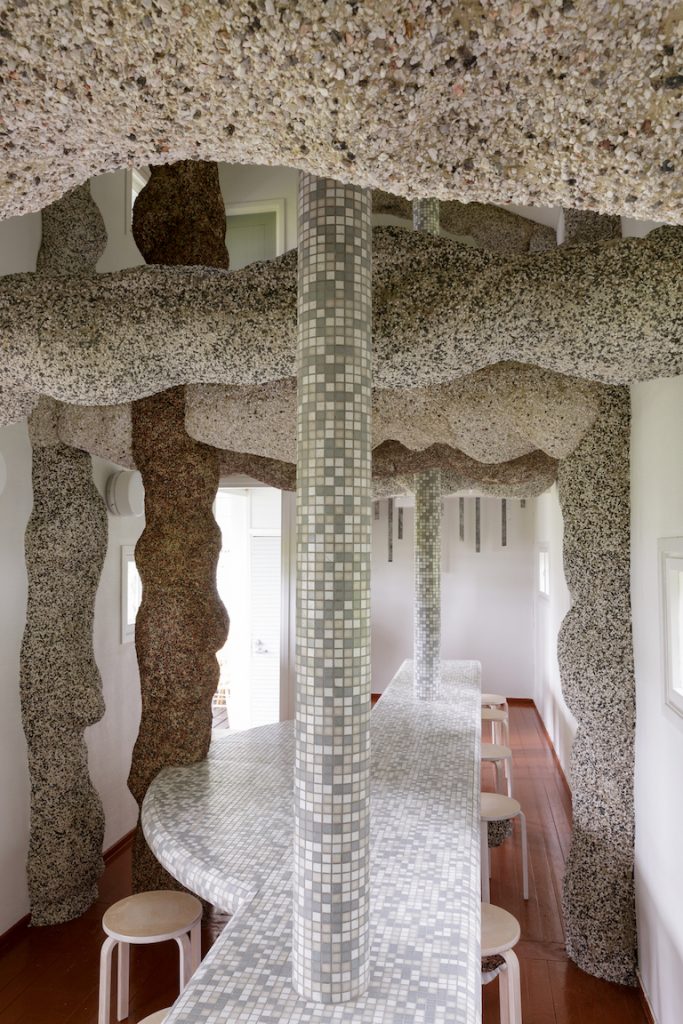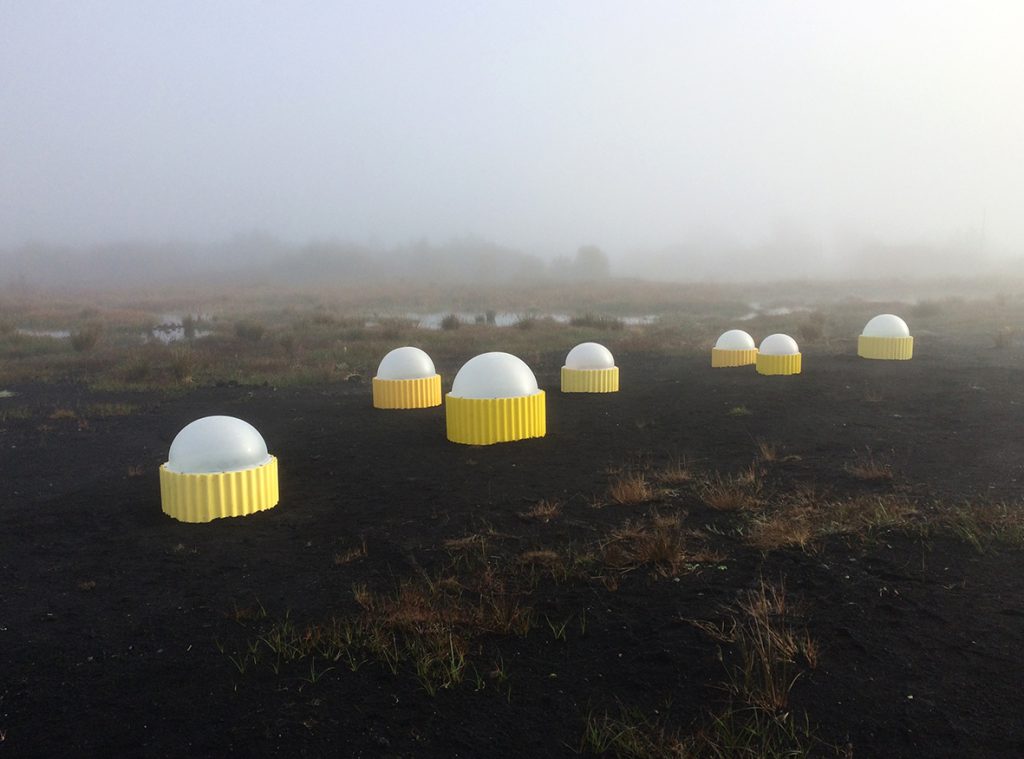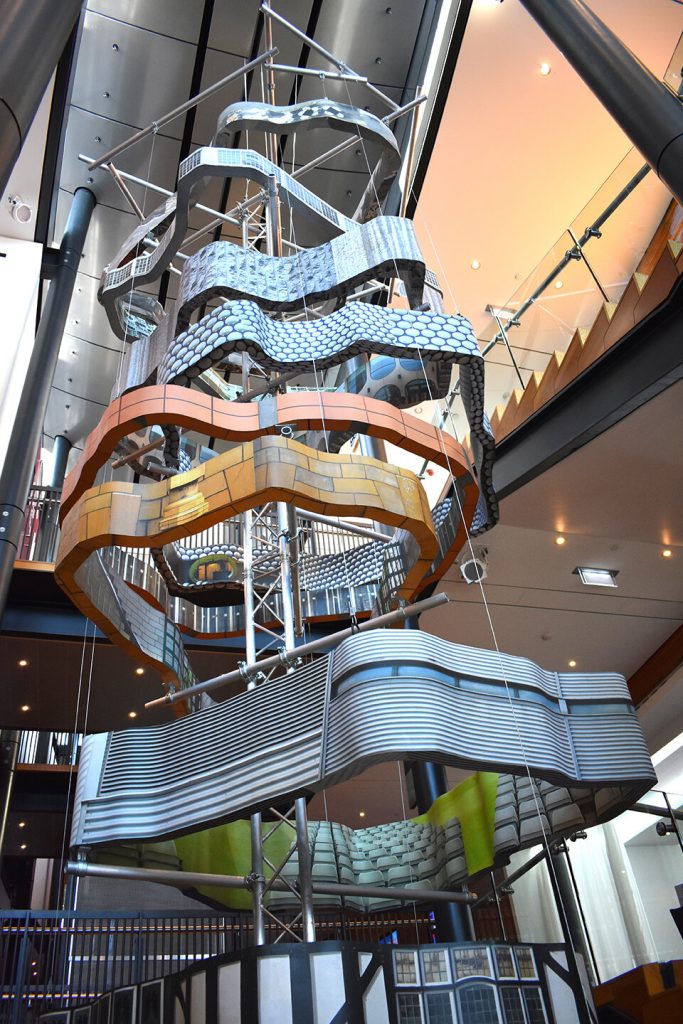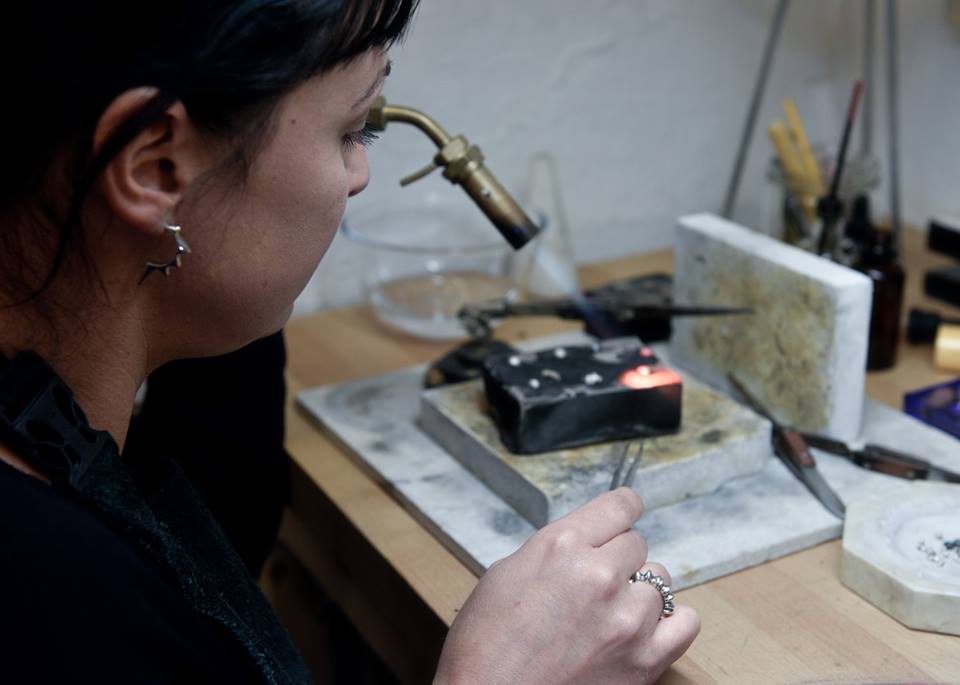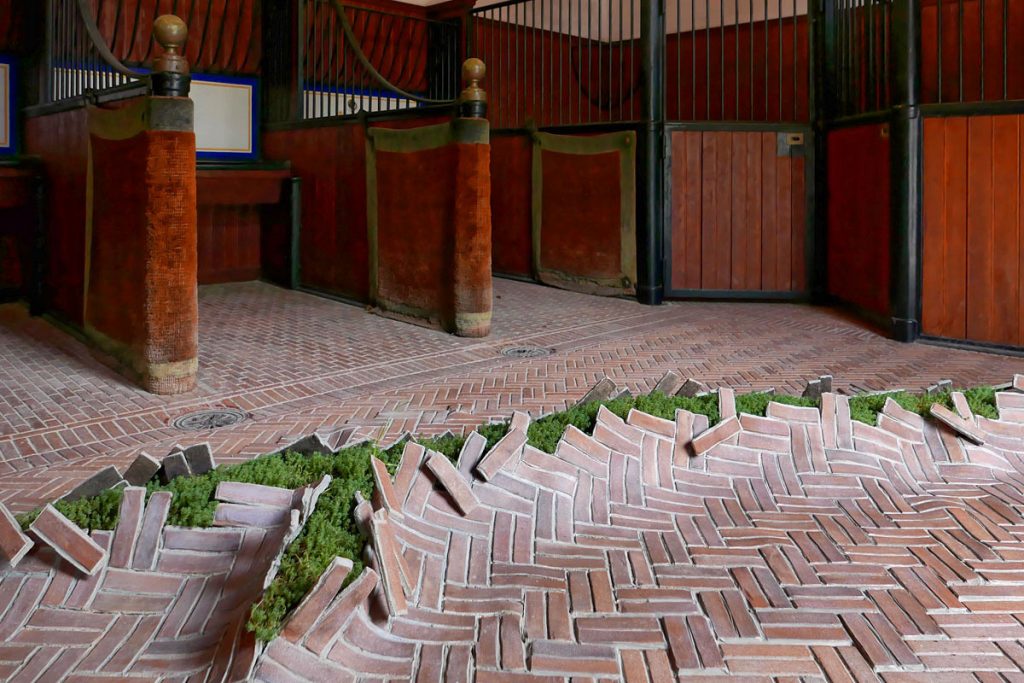
Art season 2019 – Domaine de Chaumont sur Loire / Centre for Arts and Nature (France)
I’m so excited to continue my artist interviews with this amazing artist: Cornelia Konrads. Born in 1957 in Wuppertal, Germany, Kondrads studied Philosophy and Cultural Science, and has been working as an artist since 1998. Her main artististic focus has been site specific sculpture and objects. Konrads has done many commissioned works for public spaces, sculpture parks and private collections and participated in various sculpture and land art projects in Europe, Asia, Australia, America and Africa.
Can you explain who you are and what do you do?
I’m a sculptor, based in Germany but working in many different countries. My work is basically site specific, i.e. it’s related to a certain place. The main part of the construction takes place on site. The site is not just a background for me, it’s a texture – and it’s my goal and challenge, that the work merges with this texture, becomes a part of it, as if it has always been there.
What themes do you pursue in your work?
I like the image of a journey for the creation of artwork. Life is a journey and art reflects life. Literally my site specific works are always preceded – and followed – by a journey. In a certain way this journey is a part of the work. I refer to it, and I speak about aspects of travelling: passage, movement, transformation, transience.
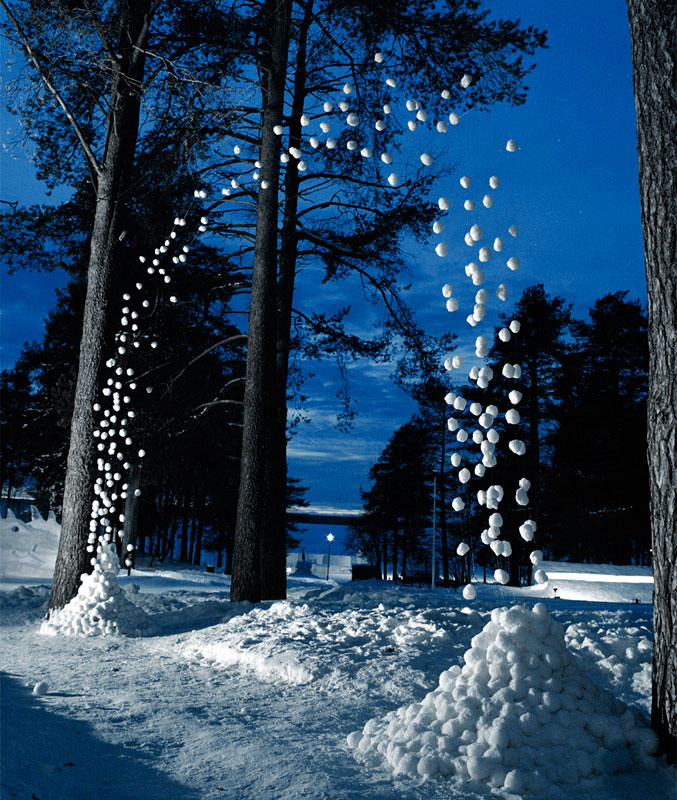
Winter Art Biennal Luleå (Sweden)
Installation next to a playground in the forest
snow, steel rope, fishing line
8.0 x 6.0 x 1.0 m
How has your practice evolved over time? What has been the main driver of that?
I started with graphic and painting, then integrated collage and printing. The illusion of space has always fascinated me, so it was just logical, that my works became more and more spatial. Regarding 3-dimensional artwork I’m mostly intrigued by the question how it dialogues with its surrounding. No matter if it’s an urban place or somewhere in the “wild”, if it’s indoors or outdoors – each place has a history (I would eaven say a “memory”) and a certain atmosphere – I like, if an artwork assimilates this pecularities and makes them visible.
What role do you think artists have in society?
To stay at least with one leg outside of the “common sense”, to be deliberately the fool on the hill, to ask crazy questions (not to give answers!) about things, everyone believes to know…
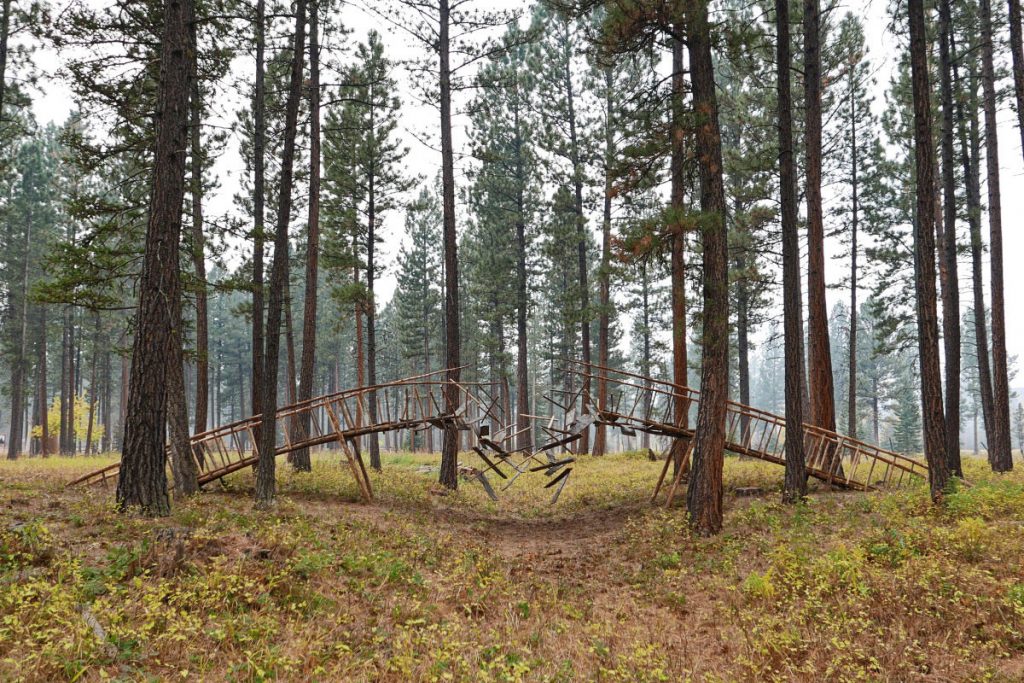
Blackfoot Pathways – Sculpture in the Wild, Lincoln MT (USA)
Can you describe a real life situation that inspired you to create?
Early morning in my studio, with a cup of good coffee!
Walking along unknown streets, paths and trails.
Taking a bath.
When you create site-specific sculptures, from where does your process start?
My first approach to an unknown area is always: walking – without a certain destination. I follow the attraction of marks and constellations of the landscape, shapes, sounds, smells, tracks, light situations. During those walks I collect in my mind what lies on the edge of the path: incidents, materials, characteristics of the local architecture or vegetation – untill I come to a place, where all this observations condense into an image.
I know, that I’ve found „my site“, when immediately three aspects come together: a clear image, I can visualise there, the technical possibilities and a sensefull relation to the informations I picked up on my way before. This is a very “precise” feeling.
What have you learned from your career as an artist that you would like to pass onto other practising artists?
Never stop to surprise yourself!

2nd International Land Art Biennale, Plettenberg Bay (South Africa)
Site: dune area between the ocean and a river mouth; quoting the numerous wooden walkways and stairs along the beach
wood
15.0 x 3.0 x 1.2 m
Do you think an artist needs an ultimate goal in his/her work? If so, what yours?
Yes. see previous answers…
What could you not live without as an artist?
Freedom.
Where to follow Cornelia Konrads:
WEBSITE : www.cokonrads.de
LINKEDIN : www.linkedin.com/in/cornelia-konrads







